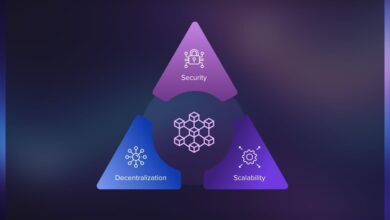How Advanced Technology Boosts OTT Video Streaming Platforms

In the competitive OTT (Over-The-Top) industry, success hinges not only on creating high-quality content that resonates with viewers but also on delivering that content seamlessly. Ensuring an uninterrupted viewing experience is crucial to keeping customers engaged and encouraging them to stay longer on your OTT platform.
However, the challenge lies in the fact that your audience likely uses a wide range of devices, operates under varying network conditions, and streams from different locations. Delivering a quality stream that meets all these requirements is no small feat. Let’s explore some key strategies to overcome these video streaming challenges.
Content Delivery Network (CDN)
A content delivery network (CDN) is indispensable for any OTT service aiming to reach a global audience.
- Faster Delivery: CDNs accelerate video delivery by storing content on edge servers, which are geographically closer to the viewer than the origin server. This proximity results in faster content delivery and reduces buffering, enhancing the overall viewing experience.
- Handling Traffic Spikes: During sudden spikes in viewership, a CDN efficiently distributes requests across multiple servers, reducing the load on any single server. This ensures that all viewers receive a smooth, uninterrupted viewing experience, even during peak times.
- DDoS Protection: CDNs also protect against Distributed Denial of Service (DDoS) attacks, where malicious actors flood your service with requests to overwhelm it. By distributing the load, a CDN can help your service remain operational and continue serving your viewers.
Adaptive Bitrate Streaming (ABR)
Network conditions can vary significantly, leading to changes in available bandwidth. If bandwidth drops too low, videos may pause to buffer, disrupting the viewing experience.
- Optimized Streaming: Adaptive bitrate streaming (ABR) addresses this issue by dynamically adjusting the video quality to match the current bandwidth and network conditions. If a user’s connection weakens—perhaps because they are on the move—ABR reduces the video quality to prevent buffering, ensuring smooth playback.
- Consistent Experience: ABR allows you to provide the highest possible quality for each viewer’s current conditions, ensuring a consistent, uninterrupted viewing experience across different devices, locations, and internet connections.
Encoding
When a video is first captured by a camera, it results in a RAW file, which is uncompressed and typically too large for efficient internet delivery.
Transcoding
Your viewers use a variety of devices to access your content, and each device has its own technical requirements for video playback.
Security
Video streaming services handle vast amounts of data, including both content and sensitive user information. Ensuring the security and privacy of this data is critical.
- Protecting Content and Data: Cybercriminals may attempt to steal user data or distribute your content illegally. This not only leads to a loss of revenue but can also damage your reputation. Implementing Digital Rights Management (DRM) helps prevent unauthorized access to your content, ensuring that only legitimate users can view your videos.
Final Thoughts
The success of your OTT video streaming service depends on a combination of high-quality content, effective marketing, and robust technology. Utilizing professional software with the right features can help you deliver content seamlessly to your viewers and provide an exceptional viewing experience. Ensure that you evaluate all technological aspects thoroughly before implementing them in your service.



